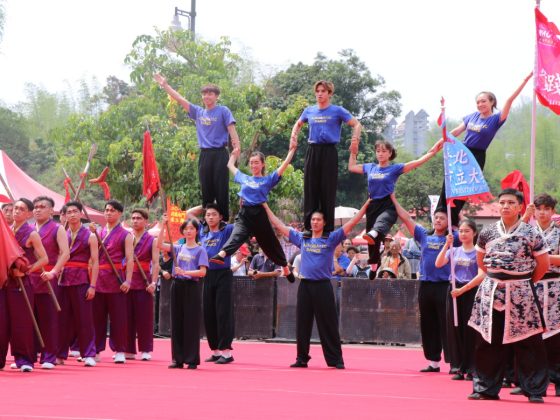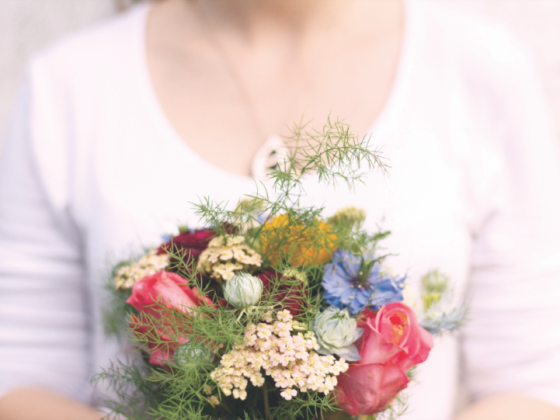WORDS BY Wang Wenyi
TRANSLATION BY Joanne Su, Joe Henley
PHOTOS BY Yang Yenping, Guo Gengfu
Art Deco is an artistic touch to a building, made to reflect its unique characteristics. It conveys religious beliefs, features of folk culture, and facets of local life. Mortar shaping is one of those traditional art deco techniques that helps bring the style’s true nature to light. It has different meanings for different characters and can be enjoyed from three different perspectives. First, for the god of the temple, mortar shaping is not necessarily directly related to the god him or herself, but instead has the function of augmenting the personality of the god. Secondly, for faithful, it highlights the momentum of the temple, and can further enhance one’s sense of faith. For the craftsmen, mortar shaping is an occasion to show their skills to the public. For instance, if the rooftop is full of exquisite details, or the crossbeam is shaped from a single piece of wood (rather than multiple pieces), these are all ways to appreciate how the craftsmen excel in their chosen form of artistry.
As one visits temples in Taiwan, the traditional architecture and the decorative crafts of the interior always leave one in awe. Each temple looks and feels like a huge art installation made by way of extraordinary skills, and each of them showcases the devotion and uniqueness of the craftsman. The Guo-Chen family is one of the few families specializing in the craft of mortar shaping in Taiwan today, and at the head of the family is Master Guo Gengfu (郭亘富). Master Guo’s great grandfather Chen Dating (陳大廷) was Taiwan’s most famous craftsman in the early 20th century, and he passed on the mortar shaping techniques to his descendants. The four generations of the Guo-Chen family who have come after him have inherited the mission and the art, and continue to enrich the decorative techniques of temples around Taiwan. (Read also: 13 Tips for having a deeper Taiwan Temple experience)
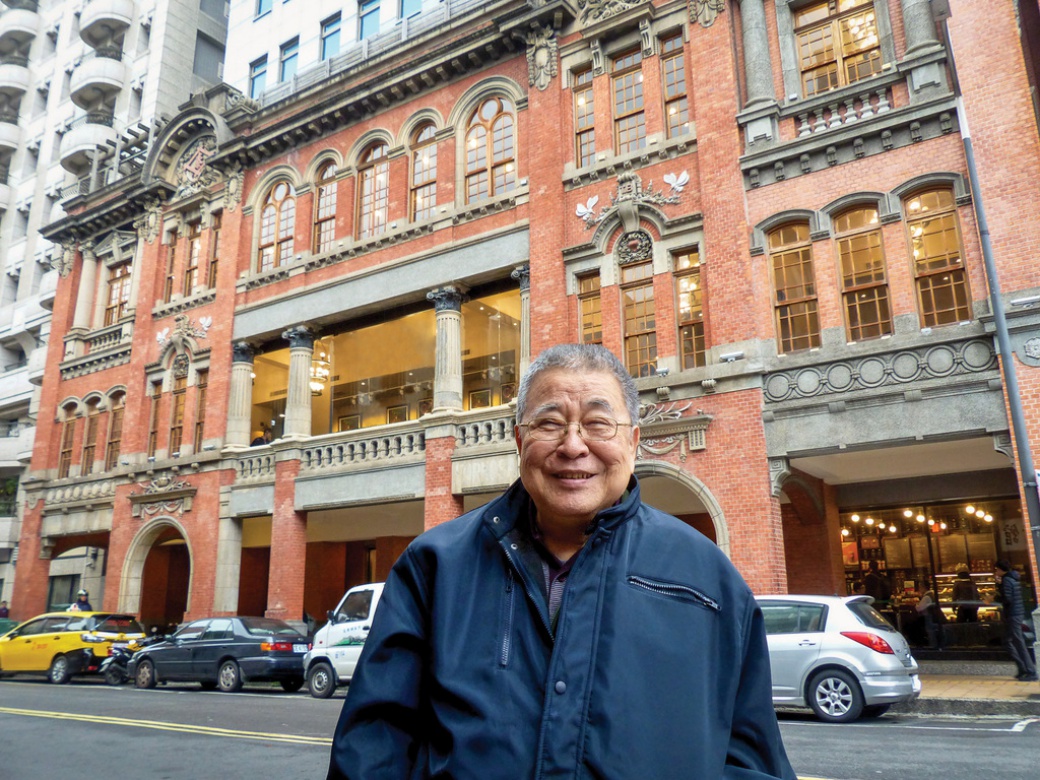
The Origin of The Guo-Chen Family’s Centuries-old Craftsmanship
The Guo-Chen family’s skills are actually a living history of Taipei’s cultural development. A hundred years ago, Chen Dating participated in a big face-off at Dalongdong Baoan Temple. At that time, the masters who were responsible for repairing the temple were divided into two factions. Those led by Chen Dating were responsible for the right side of the temple. The left half was supervised by Chen’s opponent Hong Kunfu (洪坤福).“ This confrontation was not about winning, but instead was a stage to showcase the family’s skills,” Master Guo recalls of the matchup, as if the destiny to become a master of mortar shaping was already settled for him a hundred years ago. “The work of the family can be a historical monument in Taipei. It is very meaningful to me,” he says. (Read also: Baosheng Cultural Festival: A Festive Event Full of History, Religion and Community)
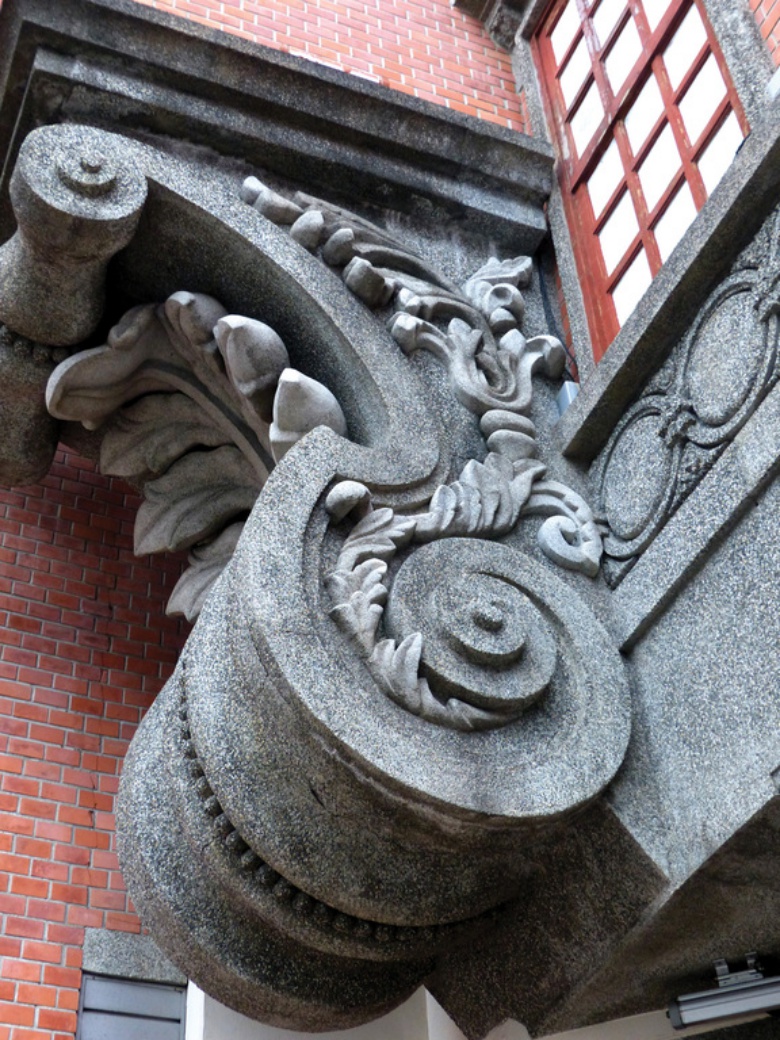
Mortar Shaping: A Reflection of Life and Emotions
“Mortar shaping is part of my life. Even though I am retired now, I’m not tired. Because this job and my life have already blended together, every bit and piece of mortar shaping is embedded in my life,” says Guo with a warm smile.
Seeing pictures of the Grand Hotel (圓山大飯店), Chiang Kai-shek Memorial Hall (中正紀念堂) and the Beifu Dadaocheng (北福大稻埕), Guo says, “Inspiration is really essential when I work. When inspiration strikes, the mortar could be shaped in no time, but when there’s no inspiration, I could look at a sculpture for a week and still be stuck with no ideas. That was really hard too.” As the representative of the fourth generation of the Guo family and the only preserver registered with the Ministry of Culture, Master Guo smiles and says that his journey toward learning the skills of his craft was not as smooth as those described by others. He is a master who was shaped by the words of a stern father.
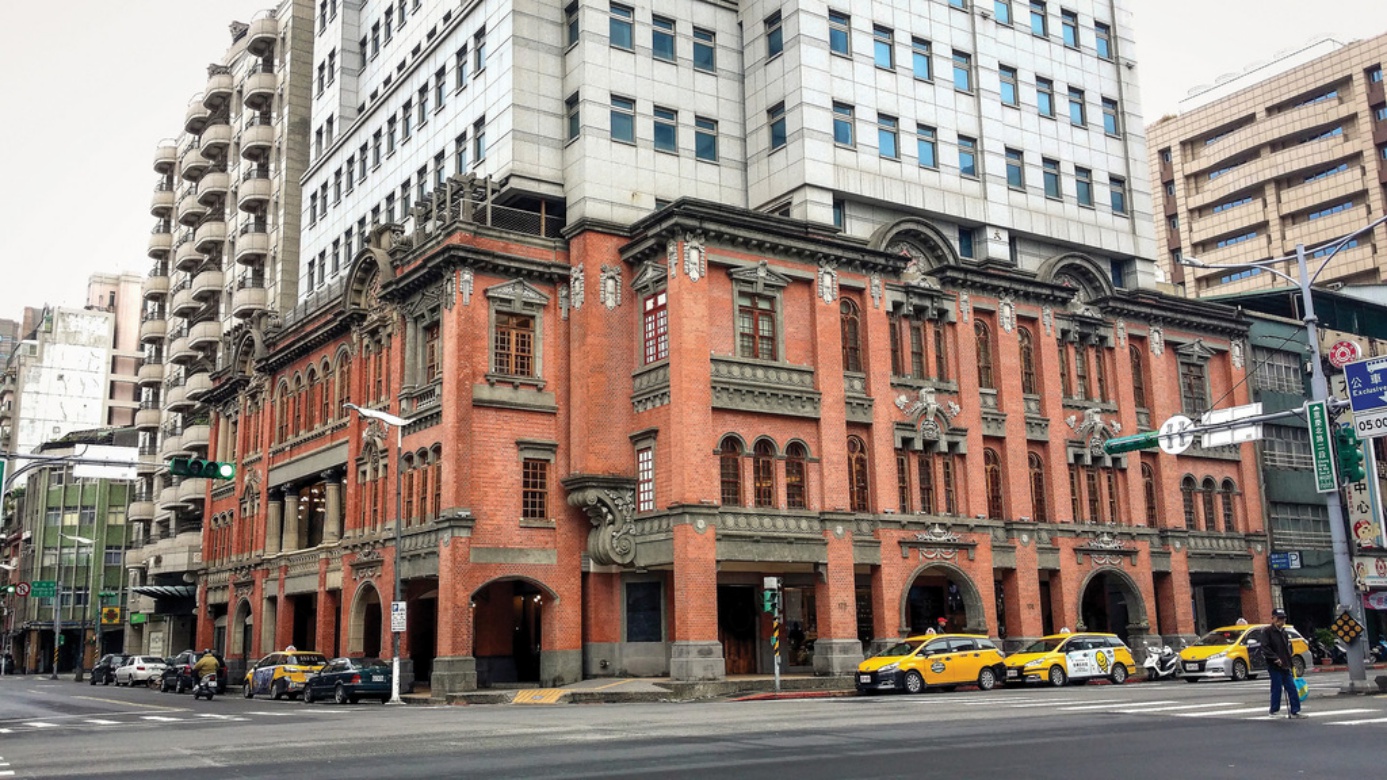
Catching up with The Trends, Keeping Traditions Alive
Guo recalls of his father, “Whenever I skipped classes, he would tie me up under a table and scold me by saying, ‘If you keep on being naughty, you will end up pushing a rickshaw for the rich.’”
That reprimand had Master Guo begin his first work in earnest, at Xingtian Temple in Beitou (北投行天宮), at the age of 13. During the course of Master Guo’s training, his father used to kick and break his works if he was not satisfied, and would ask Master Guo to start a new one. However, the constant practice built up Master Guo’s unequalled perseverance in art. What’s more amazing is that Master Guo now uses professional graphics software to draft his works. Picking up his own drafts, Master Guo exclaims, “Look at the dragon here. I can zoom in multiple times and still every stroke is as clear as ever. I painted all this with the computer by myself, without any help from others.”
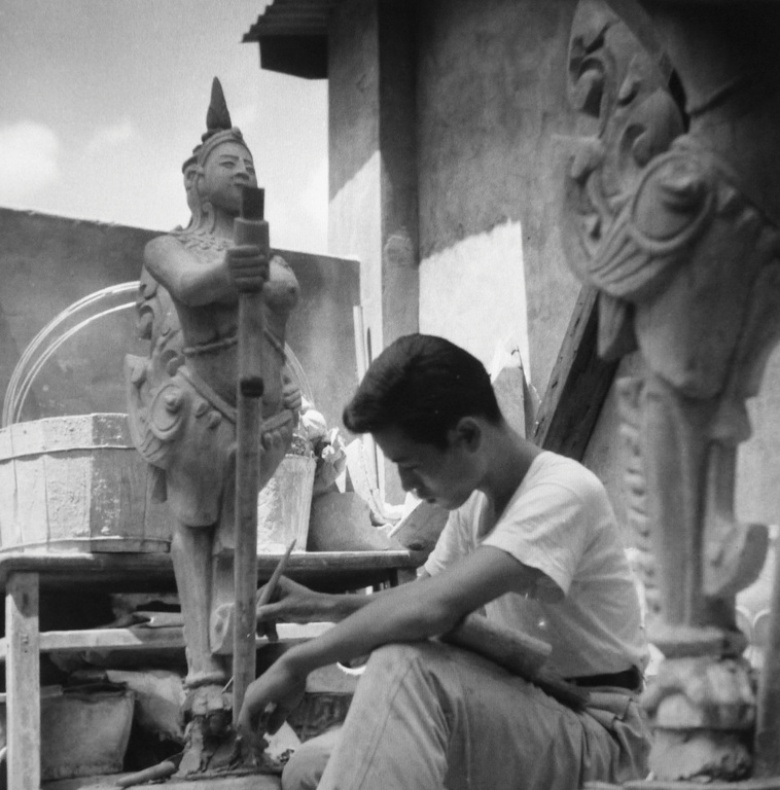
“ If someone who sincerely and truly wishes to learn the technique, then let’s wait and see what happens. ”
Master Guo’s wife also says that he devotes himself fully to his work. Even when he dreams, he dreams about work. And if she finds he is not in bed at night, he is at his desk practicing his art.
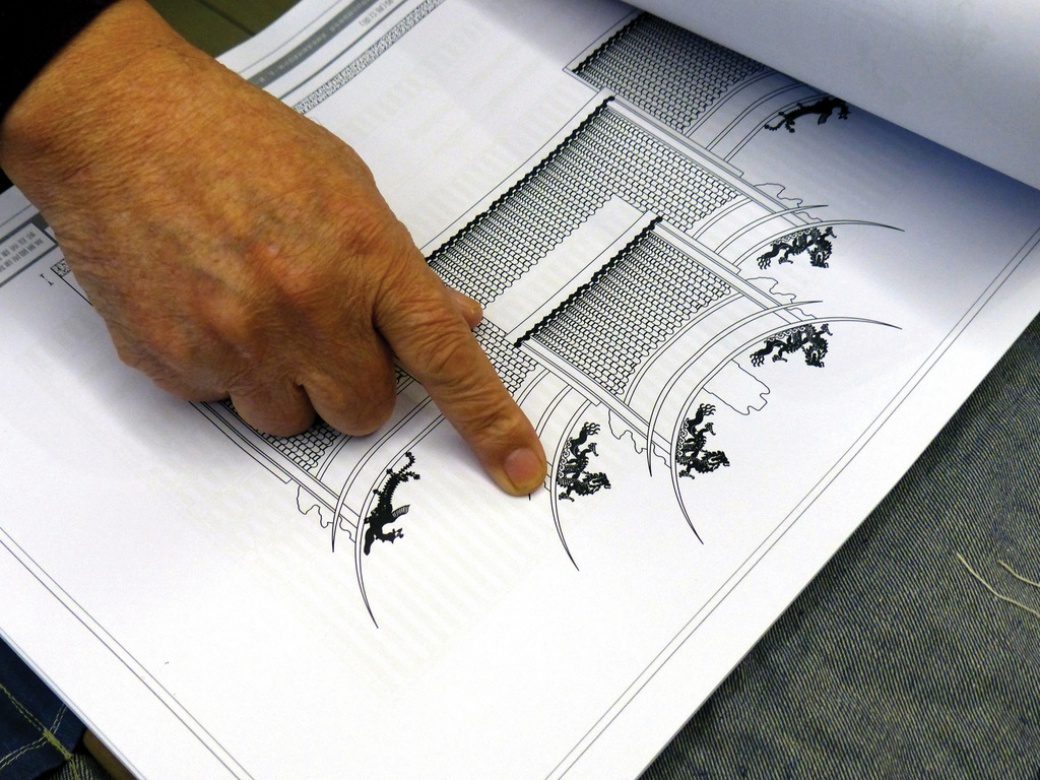
Innovative Infusion of Family Works: A Brand New Look
When asked about his most iconic work in Taipei, Guo names the Beifu Dadaocheng with pride because it exemplifies the generations of techniques and the artistic ideology of the Guo family.
As Master Guo recounts the construction, his wife adds immediately, “He took the building to heart. We went to many places in Taiwan to select all the bricks and tiles for the construction. The red tiles on the exterior of the building you see now were found in southern Taiwan. We insist on the selection of the materials we use. It has to be good quality and echo the original characteristics of the building. That’s how the restoration can be perfectly and professionally done and meet his belief in art, as well as the Guo family’s philosophy in mortar shaping.”
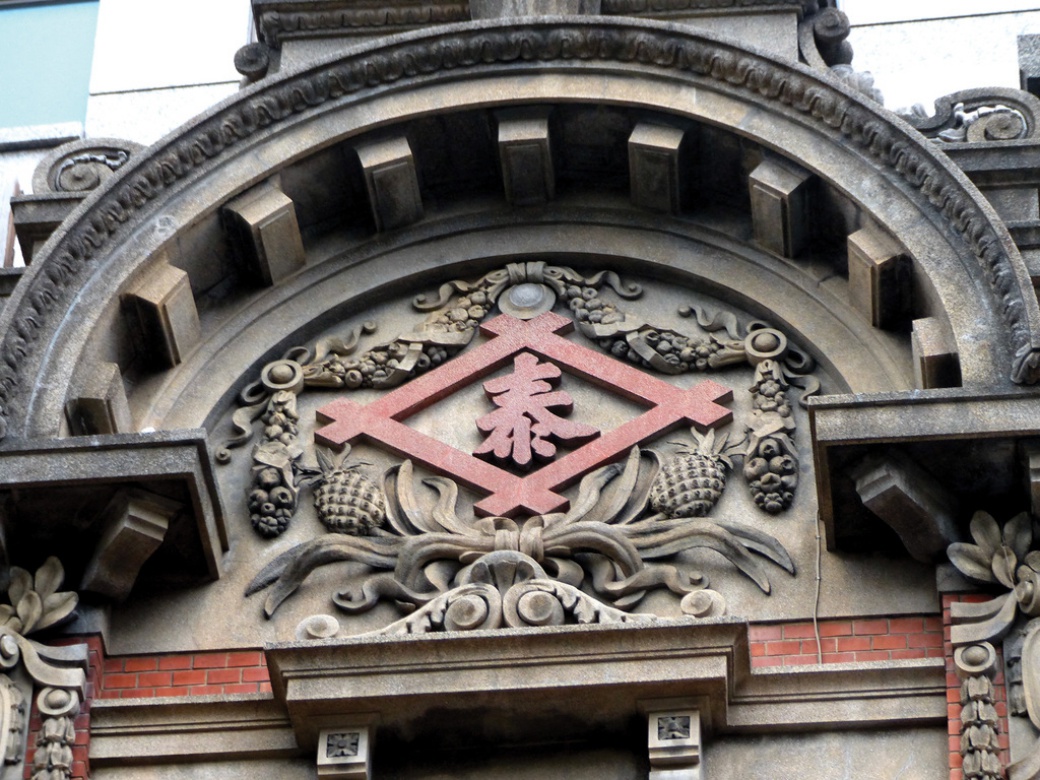
Speaking of passing on the heritage of mortar shaping techniques, Guo shakes his head. “It’s really hard!” To be in the business requires more than a sense of what constitutes good art, as well as knowledge of aesthetics and a talent for creativity. The most important features include integrity, ethics and honor. “Let destiny take its course,” is what Master Guo holds in mind for now. “If someone who sincerely and truly wishes to learn the technique, then let’s wait and see what happens.”
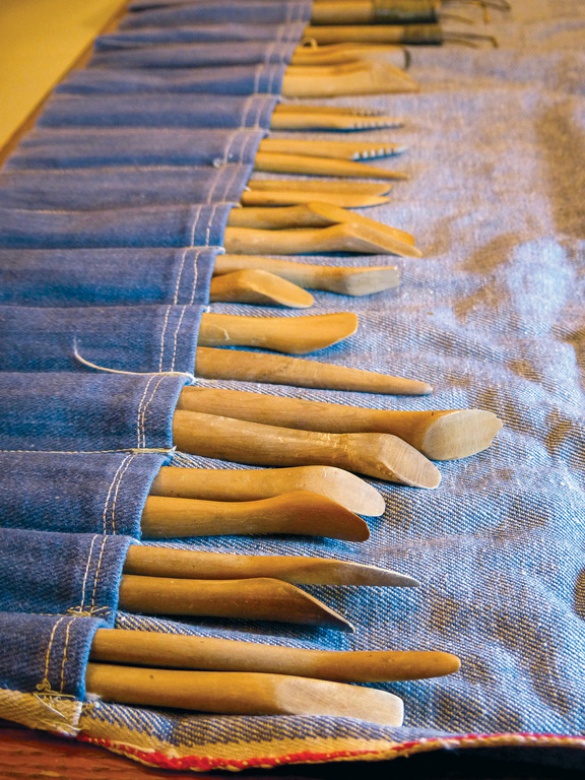
And finally, when speaking both of the future ahead, and the past behind him, Master Guo holds true to the values that were instilled in him, expressing gratitude for the ways in which those values were imparted to him many decades ago. “I can’t let go of these techniques because I took on the mission to preserve.” he says. “And whenever I see my works, I’m grateful that my father was so demanding of me. He made me who I am. I can’t thank him enough for his guidance.”
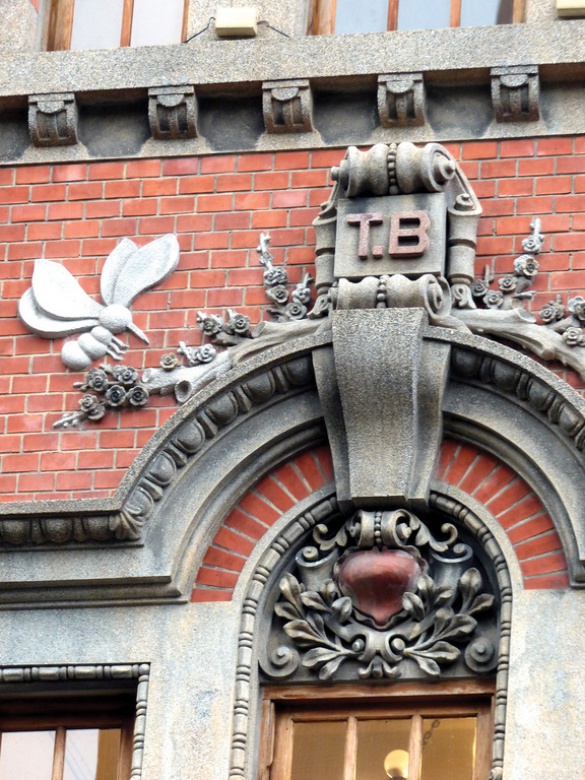
Read also: Taiwan’s Architecture Comes of Age
Customize your own trip at MyTaiwanTour!
This article is reproduced under the permission of TAIPEI. Original content can be found at the website of Taipei Travel Net (www.travel.taipei/en).


